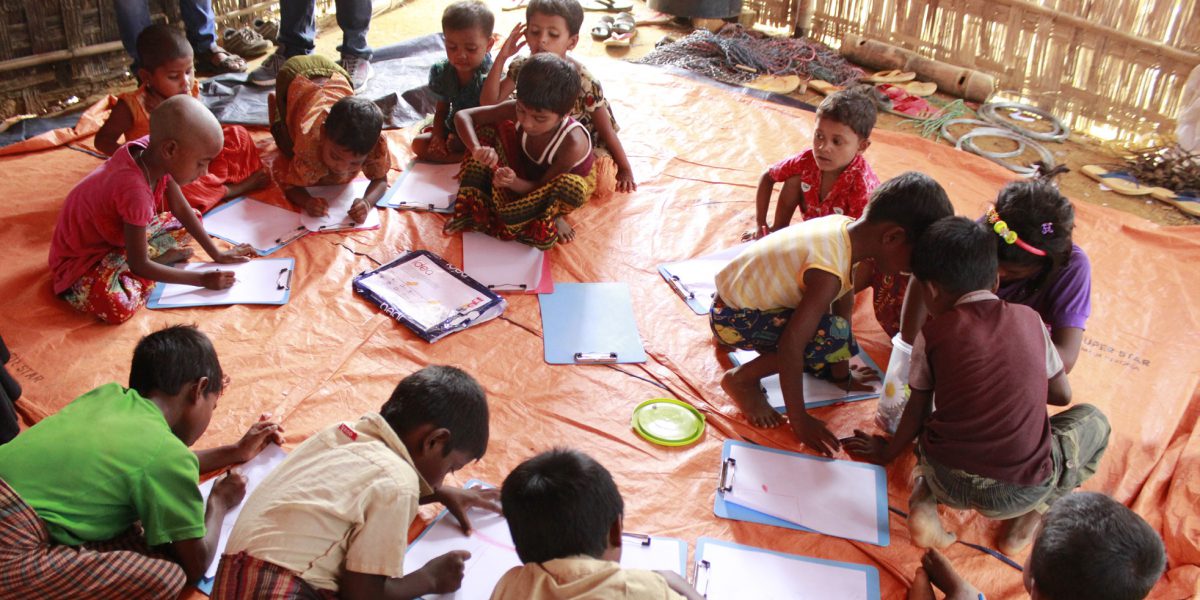Child-friendly spaces
Child-friendly spaces are safe, inclusive, and nurturing environments specifically designed to cater to the needs of children. These spaces can be found in various settings, such as schools, community centers, refugee camps, disaster relief areas, public parks, and healthcare facilities. The primary goal of child-friendly spaces is to promote children's well-being, provide them with opportunities for learning, play, and emotional support, and protect them from potential risks or harm.
Here are some key characteristics and benefits of child-friendly spaces:
Safety and Security: Child-friendly spaces prioritize the safety and security of children. They are designed and supervised to minimize risks and hazards, ensuring that children can play and learn in a protected environment.
Play and Recreation: Play is essential for a child's physical, emotional, and cognitive development. Child-friendly spaces offer age-appropriate play equipment, games, and activities that encourage creativity, imagination, and social interaction.
Learning Opportunities: These spaces often incorporate educational elements to support children's learning. They may include books, art materials, interactive exhibits, and educational games that stimulate children's curiosity and knowledge.
Emotional Support: Child-friendly spaces may have trained staff or volunteers who can offer emotional support and counseling to children who may be facing difficult circumstances or traumas.
Inclusivity: These spaces are designed to be inclusive and accessible to all children, regardless of their background, abilities, or identities. Inclusive play equipment and facilities ensure that every child can participate and feel welcomed.
Social Interaction: Child-friendly spaces provide opportunities for children to interact and form friendships. These interactions promote social skills, empathy, and a sense of belonging.
Expression and Creativity: Artistic and creative activities are often incorporated into child-friendly spaces, encouraging children to express themselves freely and develop their artistic abilities.
Health and Nutrition: In certain settings, child-friendly spaces may also address health and nutrition needs by providing healthy meals, hygiene facilities, and access to basic healthcare services.
Recovery in Emergencies: In times of disasters or conflicts, child-friendly spaces play a vital role in helping children cope with trauma and restore a sense of normalcy in their lives.
Parental Support: Child-friendly spaces can also serve as spaces for parents or caregivers to connect, share experiences, and access resources related to parenting and child development.
